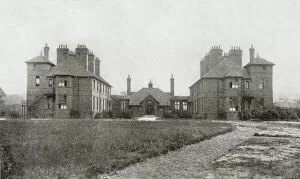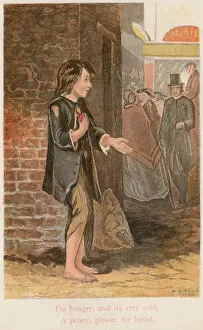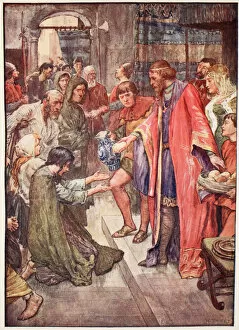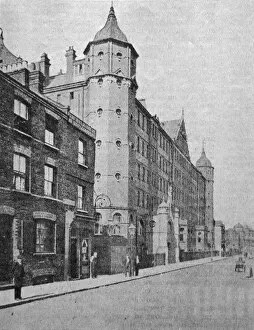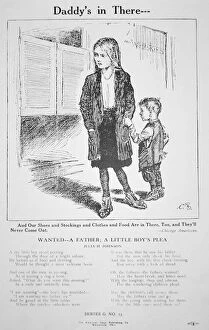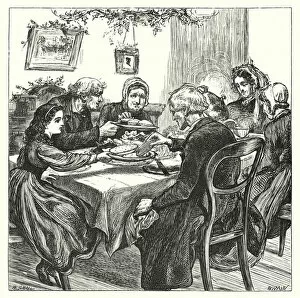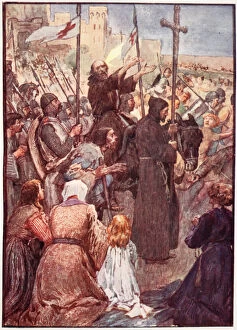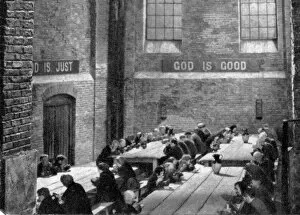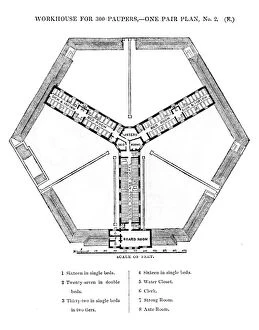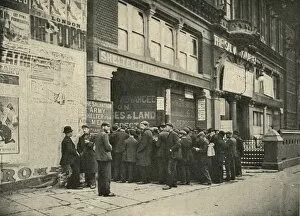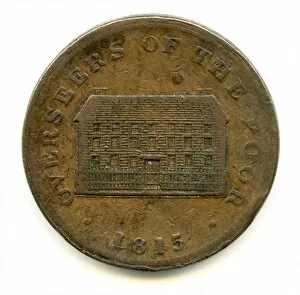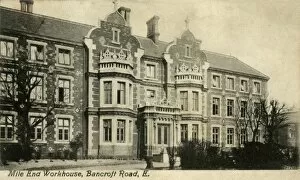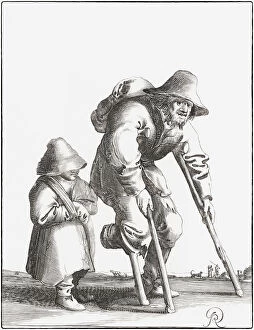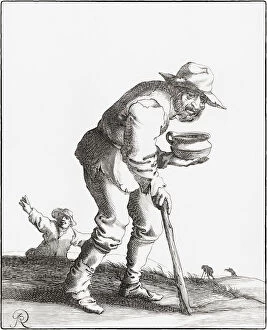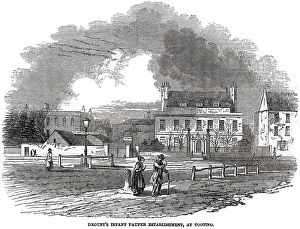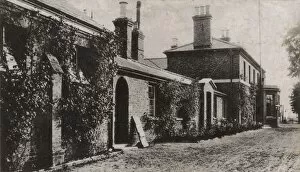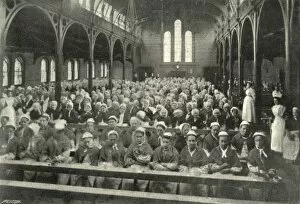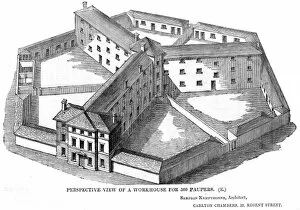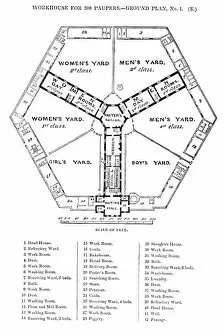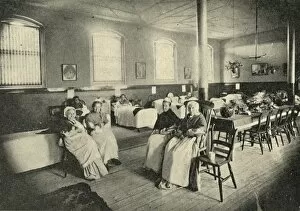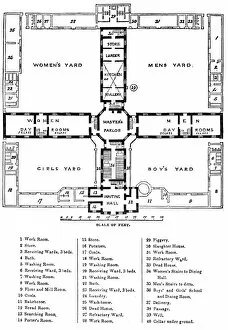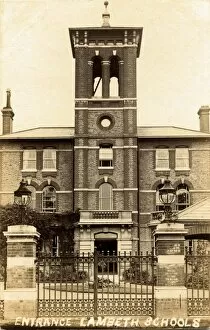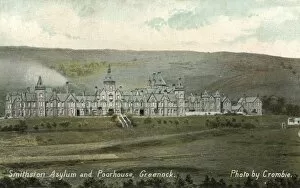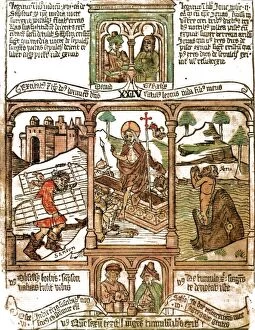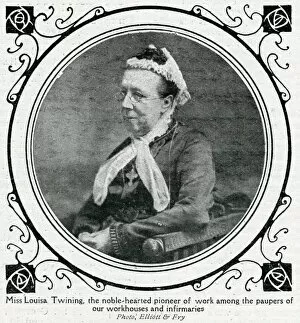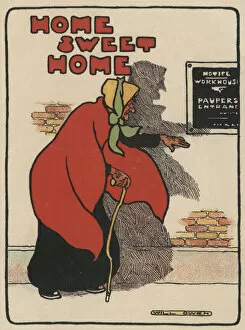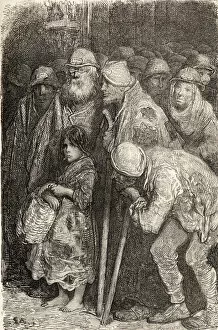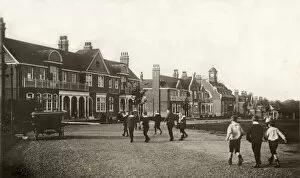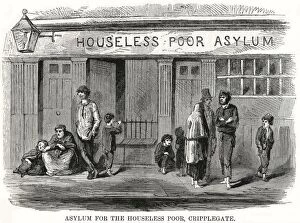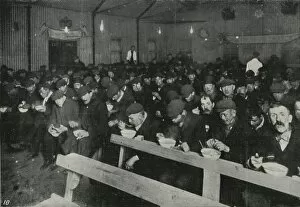Paupers Collection (page 2)
"Paupers: Forgotten Lives of Desperation and Hope" Step into the world of paupers, where destitution meets resilience
For sale as Licensed Images
Choose your image, Select your licence and Download the media
"Paupers: Forgotten Lives of Desperation and Hope" Step into the world of paupers, where destitution meets resilience. From The Hollies Children's Home in Sidcup, Kent to the haunting scenes of Christmas Day in the Workhouse, these places bear witness to the struggles faced by those on society's margins. Market Hill and former workhouse in Maldon stand as a testament to the harsh realities endured by paupers seeking refuge. Luke Fildes' poignant painting "Houseless and Hungry" captures their plight with heartbreaking clarity. In Congleton Union Workhouse, Arclid, Cheshire, lives were defined by hardship but also moments of camaraderie amidst adversity. The Union Workhouses in Wokingham, Berkshire and Wantage, Oxfordshire provided shelter for countless souls yearning for a glimmer of hope. The walls of Poplar Workhouse in East London echo with tales of survival against all odds. Meanwhile, the East End Doss House remains a symbol of both despair and fleeting solace for those without a roof over their heads. Journeying further across Britain reveals more stories etched within stone walls - from Pontypool's Union Workhouse in Monmouthshire to Dursley's Union Workhouse in Gloucestershire. Each place bears witness to humanity's struggle against poverty. Finally, we arrive at Newport Pagnell's Union Workhouse in Buckinghamshire - an emblematic reminder that even amidst scarcity there is strength found through unity. These pauper institutions may have faded into history but they serve as reminders that compassion can triumph over adversity. Let us remember these forgotten lives; let us strive for a future where no one goes unnoticed or uncared for – where every person finds dignity and opportunity regardless of circumstance.

